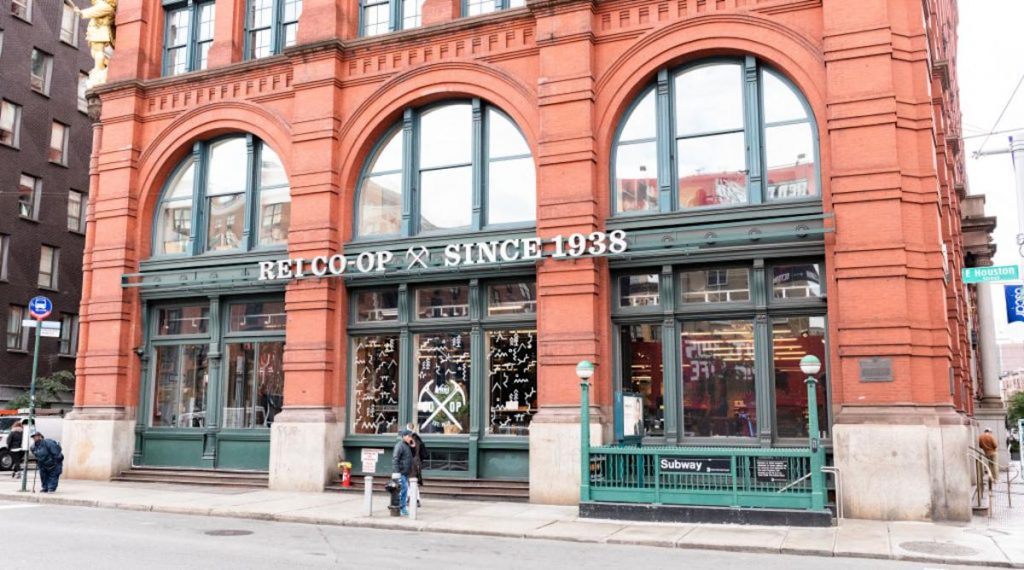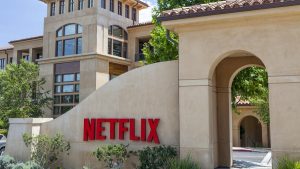Outdoor Retail Is Undergoing Its Own Boom and Bust Cycle

The outdoor retail sector is undergoing a much-needed reset.
Changing consumer needs, especially among the younger demographic cohorts, have shifted how companies need to think about participation in outdoor sports activities. And tariffs and trade issues are impacting how specialty chains need to operate to stay relevant and maintain profitability.
More from WWD
The shift is global and far-reaching. Trade show groups have been grappling with how to adapt to the trend shift over the last few years, while retailers like REI and Orvis have revealed new store closings just this week. (REI’s move to close its Soho flagship, especially, generated a lot of conversation on Wednesday.)
“The outdoor business boomed during the [COVID-19] pandemic, helped by the free money,” noted Matt Powell, an analyst at Spurwink River. “Many in the industry thought the good times would go on forever, but they did not.”
One example cited by Powell of the go-go days is the big-ticket item that consumers bought during the pandemic, like a kayak, but who now don’t need a new one. Eventually, inventories backed up and then traffic slowed. “The weakened industry has had to cut back,” he said, adding that another problem with the outdoor specialty industry is that it “fails to be more inclusive.”
Other retailers, meanwhile, have moved in. “Big box is happy to sell to families, not elites,” Powell said.
Consumers are changing how they are staying fit, according to a Summer 2025 report from Houlihan Lokey on “Fit for the Future: Trends Shaping Active Lifestyle, Fitness and Outdoor Markets.”
Group activities and high-endurance events are both seeing robust growth, with record participation in marathons and races and a new wave of athletes propelling hybrid competitions such as Hyrox that combines strength and cardio in a race format. The report said Gen Z and millennials seeking “purpose, challenge, and community” are particularly attracted to high endurance events that include marathons, trail runs, and obstacle races.
Moreover, secular trends also reflect changing consumer profiles. Young consumers are redefining outdoor engagement. Gen Z, with a 70 percent participation rate, is highly active, but in new ways. Their engagement is centered on informal, social formats that blend sport and entertainment, the study found.
“From urban play spaces to bowling and darts, this shift toward “competitive socializing” marks a generational change in how sports are experienced and consumer,” the report said. It noted that running and cycling clubs are booming because they offer inclusive spaces and turn workouts into social rituals among the Gen Z cohorts.
Do you want to build your own blog website similar to this one? Contact us








